On the morning of July 24, 2025, at the Concordat Hall of the Lateran Palace in Rome, an agreement was signed that makes the Church of Sant’Ivo alla Sapienza once again accessible to the public. The document, signed by the Director General of Archives of the Ministry of Culture Antonio Tarasco, Cardinal Vicar of the Diocese of Rome Baldassare Reina and the Director of the State Archives of Rome Riccardo Gandolfi, establishes the modalities for the management and enhancement of the sacred place, an eminent example of Roman Baroque.
The church is located within the monumental complex of Sant’Ivo alla Sapienza, now home to theState Archives of Rome. It is a cultural asset of state property, subject to the protection of the Soprintendenza Speciale Archeologia, Belle Arti e Paesaggio of Rome. It is currently undergoing restoration work financed through funds from the PNRR - Mission 1, Component 3 Tourism and Culture, as part of the Caput Mundi investment.
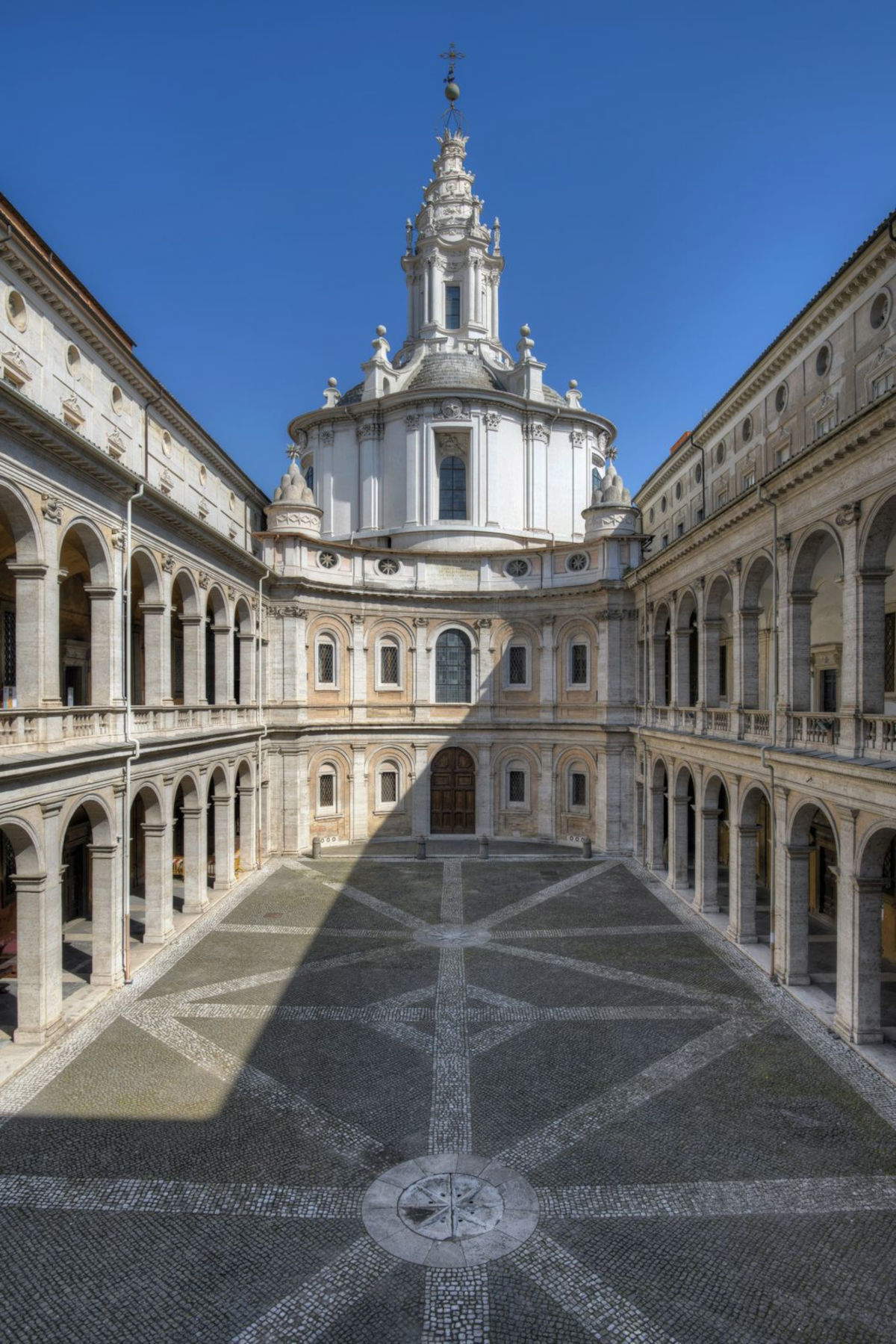
“With the signing of this agreement,” explained Antonio Tarasco, Director General Archives, “a concrete gesture of protection and enhancement of our historical and cultural heritage is made. The reopening of the Church of Sant’Ivo alla Sapienza represents not only the recovery of one of the most extraordinary masterpieces of Baroque architecture, but also a sign of how the collaboration between the Diocese of Rome can return places of beauty, memory and inspiration to the community. The State Archives are custodians of history, and this initiative reminds us that history also lives in the places that embody it.”
The agreement signed in July 2025 provides for a ten-year term. The State Archives of Rome, under delegation from the General Directorate for Archives, will manage the openings to the public at no cost to the Diocese of Rome, while Archives staff will take care of visitor reception, flow control, supervision during opening hours and promotion of activities through institutional and social channels. Guided tours will also be provided during cultural events. Access will be free and, for special events, extraordinary openings may be arranged.
The Diocese of Rome, represented by Cardinal Vicar Baldassare Reina, together with the Rector of the church, Monsignor Rosario Matera, will ensure that liturgical requirements are respected and that the sacred place is enjoyed. The Director of the State Archives, Riccardo Gandolfi, will coordinate the implementation of the planned activities. The reopening of the Church of Sant’Ivo alla Sapienza is part of the cultural heritage enhancement initiatives promoted by the Ministry of Culture. The place, in addition to being one of the finest examples of Baroque sacred architecture, is included among the stages of the four Jubilee Ways (the places involved are: Santa Maria Sopra Minerva, Santa Brigida a Campo dei Fiori, Sant’Ivo alla Sapienza, Santa Maria della Vittoria, Trinità dei Monti and Santa Cecilia in Trastevere) designed for pilgrims participating in the Holy Year of 2025. Therefore, the agreement between the Diocese and the Ministry represents an example of institutional collaboration aimed at combining heritage protection, religious needs and public accessibility.
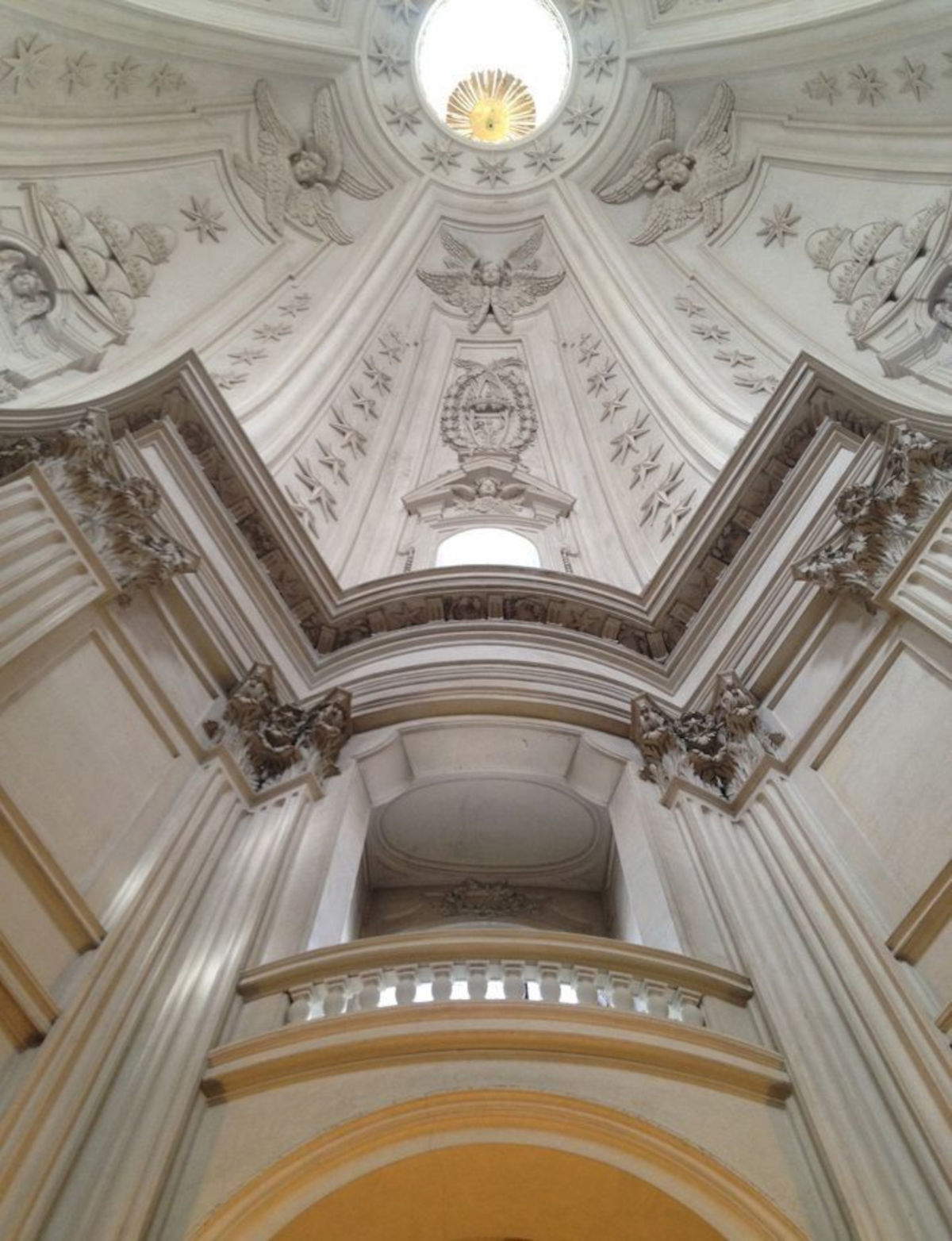
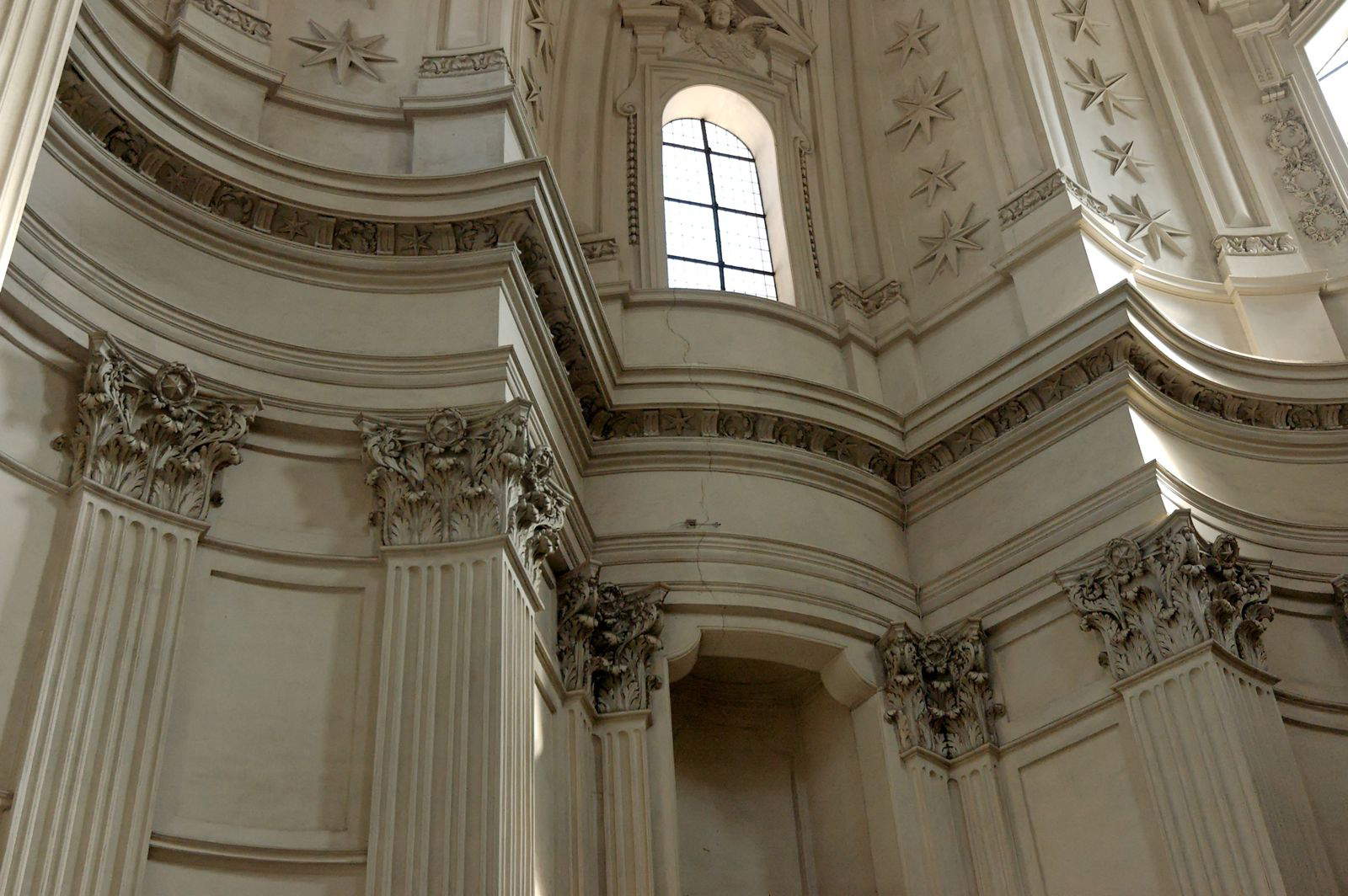
“We are very pleased with the signing of this agreement, which through the opening of a Church that we all admire and appreciate, will allow a mutual exchange with the Archives,” said H.EM. Baldassare Reina. “We hope that all those who will access Sant’Ivo alla Sapienza, while admiring the architectural and artistic beauty, will also experience moments of prayer. Once again, culture and worship come together and push us upward, and I think these days we all need a push upward as the world sinks further downward every day.”
“The agreement,” said Riccardo Gandolfi, Director of the Archives of Rome, “firmly desired by the archival administration, will make it possible to return to public use a place of very high cultural value, so as to strengthen even more the relationship between the State Archives of Rome and the city. Upon completion of the restoration-scheduled for the end of 2025-a monument of inestimable value will be reopened to the public.”
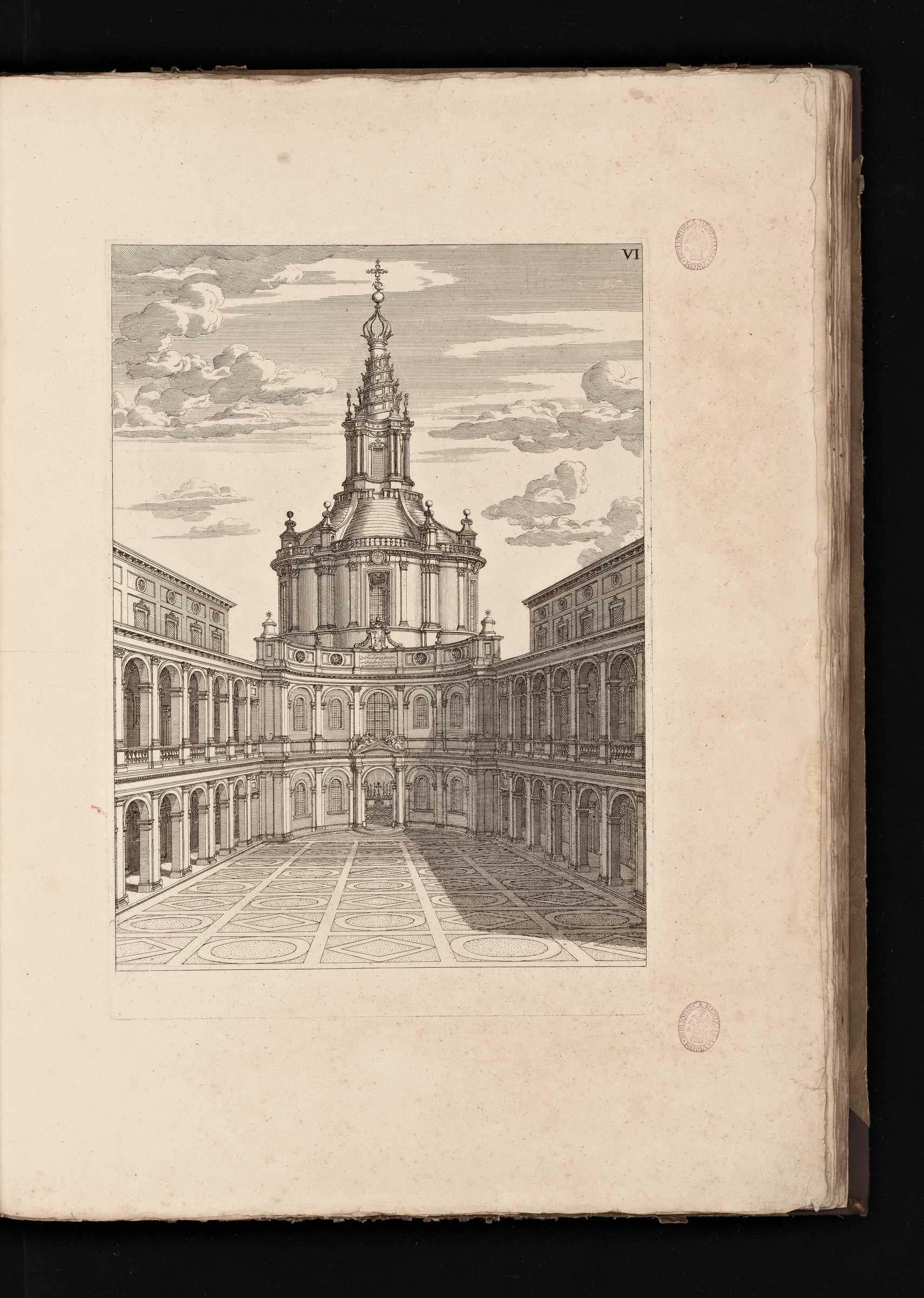
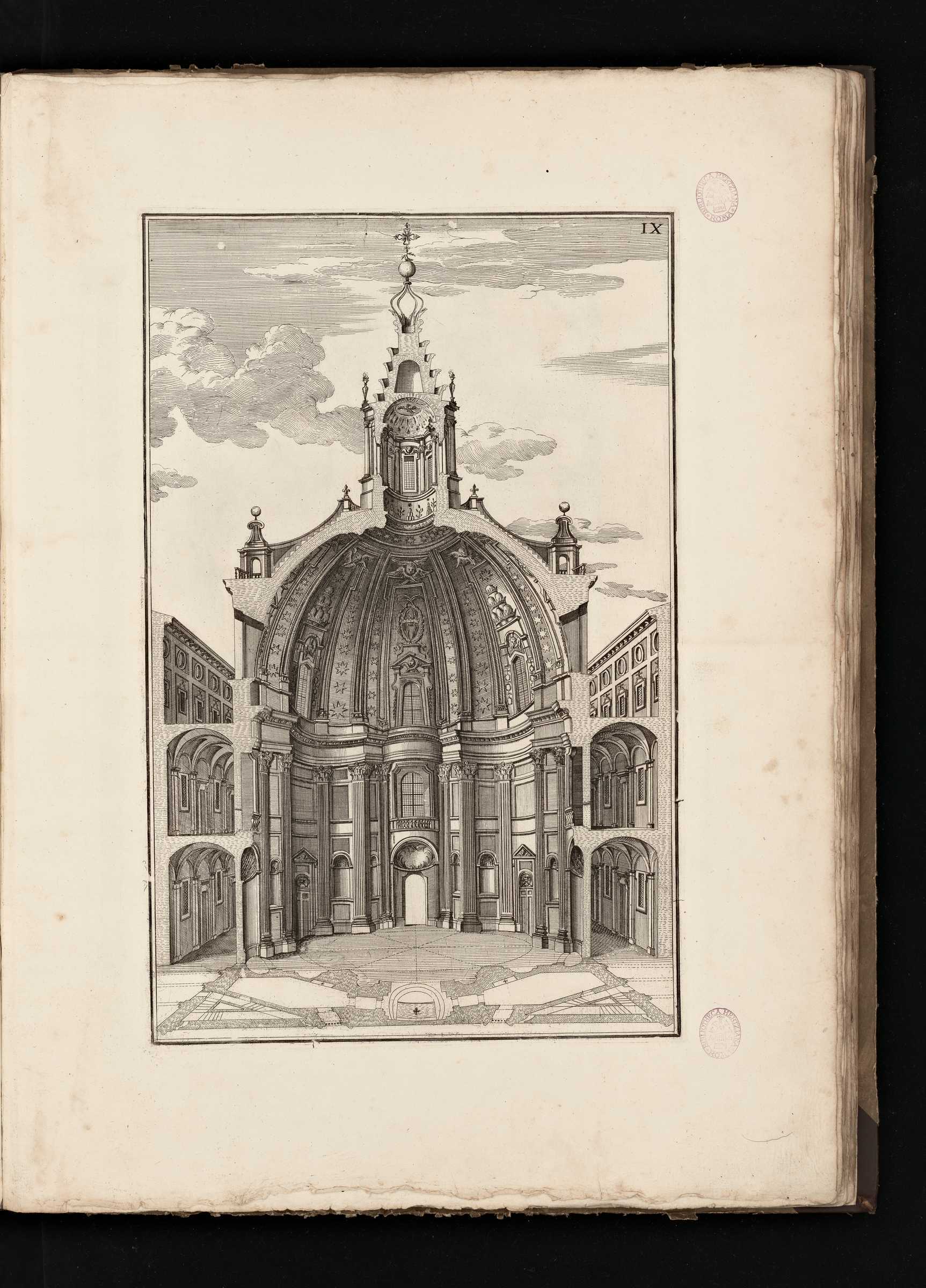
In 1642 Pope Urban VIII Barberini commissioned Francesco Borromini (Bissone, 1599 - Rome, 1667) to build a church for the Studium Urbis, today’s University of Rome “La Sapienza.” Its construction, which took about twenty years, was crowned by the creation of the central lantern, known as Borromini’s capriccio and visible far above the other domes in the historic center of Rome. The audacity of the structure initially aroused distrust among the architect’s opponents, who predicted the imminent collapse of the work. Borromini, certain of its stability, instead declared himself ready to compensate for any damage, thus confirming his confidence in his own technical conception.
The building reveals a strongly symbolic layout. The plan arises from the intersection of two equilateral triangles, a pattern that refers to the Star of David and, through it, to the Trinity and the wisdom of Solomon. Concavity and convexity alternate with balance in the plan, drum and dome. Some scholars have identified there the stylized design of a large bee, emblem of the Barberini house. There is no shortage of heraldic references to later pontiffs, Innocent X Pamphilj and Alexander VII Chigi, who kept Borromini in charge after the death of Urban VIII. Other familiar symbols appear in the courtyard: the eagle and griffin of the Borghese, the dragon of the Boncompagni, the lion of the Peretti, and the stars and mountains of the Chigi.
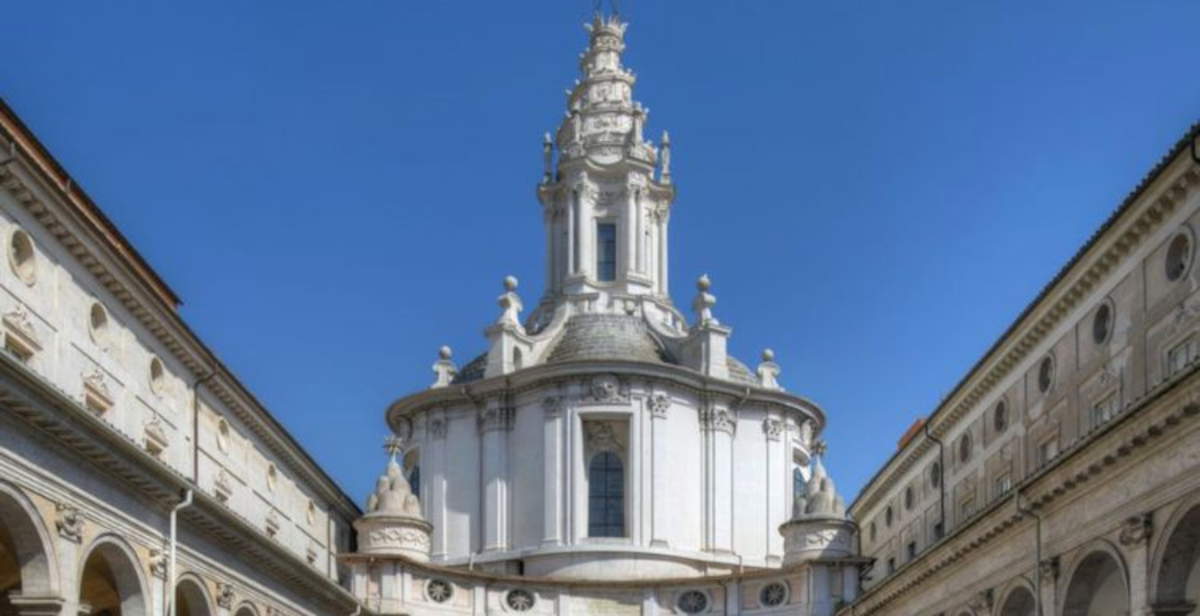
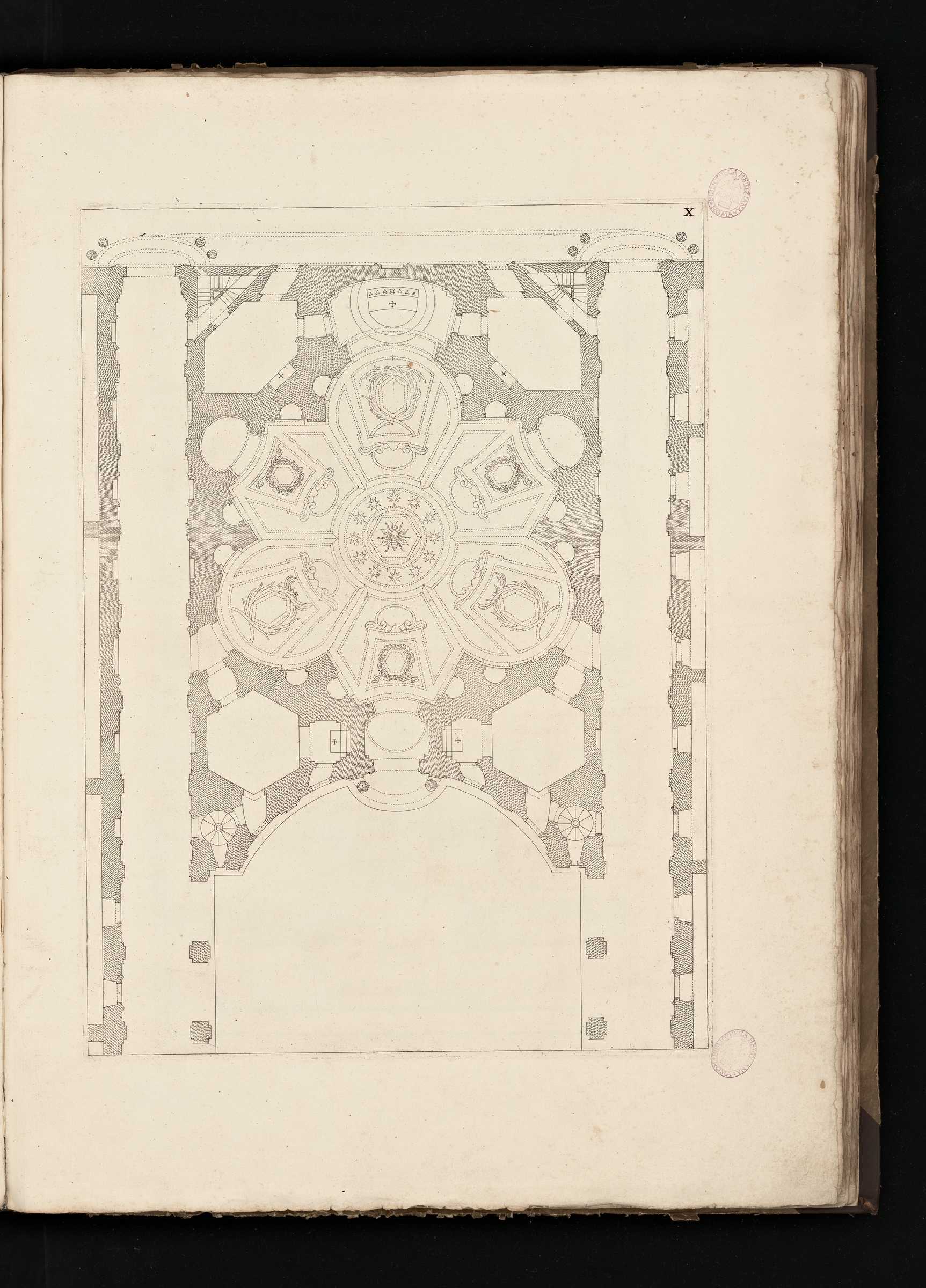
In contrast, the spiral lantern, crowning the dome, concentrates erudite and mystical meanings. Probable reference to models ofRoman-Eastern architecture; the twelve outer steps may allude to the disciplines taught in the Studium, interpreted as stages in an intellectual ascent. The spiral, perhaps inspired by the shells collected by Borromini, has been linked to the Tower of Babel, the Lighthouse of Alexandria or Dante’s ascent to Purgatory. At the top, a flame symbolizes Faith and Wisdom, sealing the temple of knowledge character of the building, whose formal purity recalls light.
In contrast, the church altar holds an altarpiece attributed to Pietro da Cortona, later completed by his disciple Giovanni Ventura Borghesi. It depicts St. Ivo (of French origin and little known in Italy), the patron saint of lawyers, in the act of accepting the pleas of poor clients. The dedication reflects the link with the legal field, despite the scarce presence in Italy, of canonized lawyers. Only in recent times was a painting of Santa Maria Sedes Sapientiae, a copy by Giovanni Battista Salvi known as Sassoferrato, a gift from Pope Paul VI, promoter of the church’s functional recovery, added. Consecrated and attended by students and faculty for about two centuries, Sant’Ivo alla Sapienza suffered a different fate at the end of the 19th century. With Rome proclaimed capital and ecclesiastical property nationalized, the complex passed to the state. The church, while remaining consecrated, was then closed and used as a storage facility for university archives.
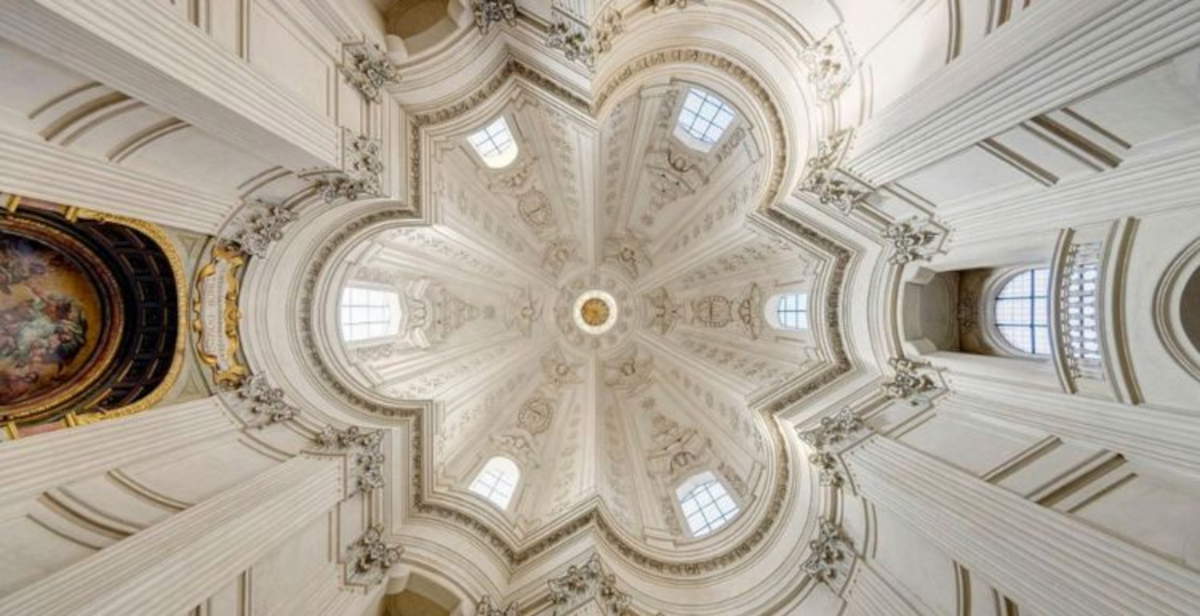 |
| Rome, church of Sant'Ivo alla Sapienza reopens to public: agreement between diocese and ministry |
Warning: the translation into English of the original Italian article was created using automatic tools. We undertake to review all articles, but we do not guarantee the total absence of inaccuracies in the translation due to the program. You can find the original by clicking on the ITA button. If you find any mistake,please contact us.